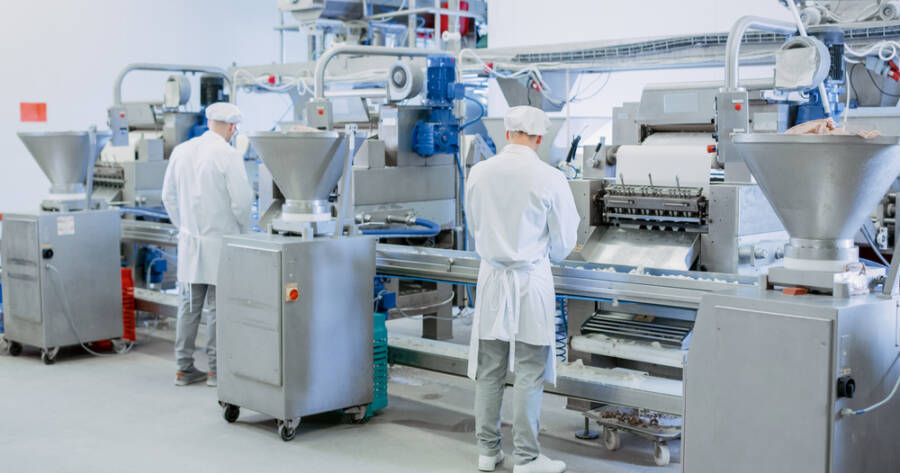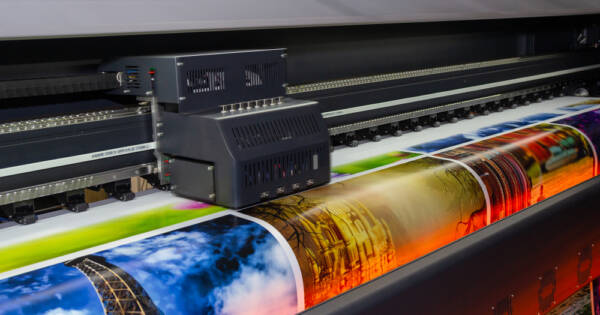The industrial food processing equipment market is evolving, driven by factors such as ROI, technological advancements, sustainability, and regional dynamics. Companies prioritize equipment that boosts profitability and efficiency through automation, while addressing environmental goals. Understanding modern elements empowers businesses to navigate challenges and seize growth opportunities within this burgeoning market.
Understanding Demand Factors for Industrial Food Processing Equipment
The industrial food processing equipment market is rapidly evolving, driven by a multitude of factors that impact demand. One significant aspect is Return on Investment (ROI). Companies are prioritizing equipment that enhances long-term profitability through increased productivity, reduced labor costs, and improved product quality. Additionally, substantial advancements in technology—such as integration with automation, robotics, and AI—are transforming production workflows into highly automated, data-driven smart factories offering efficiency and flexibility.
Technological Advancements and Market Growth
The food processing equipment market is projected to grow significantly, with expectations to reach USD 78.74 billion by 2032. This growth is driven by technological advancements that emphasize automation and product customization, enhancing product processing standards.
Innovations like IoT-based systems and smart controls are reducing human error, improving efficiency, and ensuring the consistent quality of products. These technologies are making industrial food processing equipment more integral to businesses that seek to optimize production output and maintain hygiene and safety standards.
Sustainability and Flexibility
Sustainability is increasingly considered a crucial demand factor for industrial food processing equipment. Companies are focusing on reducing energy consumption, minimizing waste, and using sustainable materials to align with environmental goals and consumer expectations.
Similarly, equipment flexibility is essential, enabling businesses to adapt to evolving market demands and integrate seamlessly with existing production lines. This adaptability is vital as it offers scalability for future growth without requiring substantial changes to existing production infrastructures.
Challenges and Opportunities
While rising energy and labor costs present challenges, they also drive innovation towards energy-efficient solutions. The introduction of advanced automation systems helps mitigate the impact of these costs by enhancing operational efficiencies.
Opportunities in the market further lie in specialized equipment segments such as bakery and confectioneries, which command significant portions of the market. The emphasis on clean-label and plant-based products is also bolstering demand for advanced processing machinery.
Regional Market Dynamics
The industrial food processing equipment market is experiencing varied growth across different regions. Asia Pacific leads with a substantial market share due to increasing domestic manufacturing and foreign direct investments in the food and beverage sector.
North America remains pivotal, driven by significant investments and heightened consumer awareness for high-quality food processing systems, highlighting regional industry focus. Moreover, stringent health and safety regulations necessitate automated and compliant equipment, further influencing demand
Key Players and Competitive Strategies
The competitive landscape in the food processing equipment market is characterized by strategies such as innovation, diversification, and strategic acquisitions. Companies like GEA Group AG, Anko Food Machine Company Limited, and others aim to expand their technological capabilities to stay competitive. Emphasis on sustainability and the introduction of energy-efficient solutions continue to shape market dynamics as firms navigate competitive pressures.
Why You Should Learn More About Industrial Food Processing Equipment Today
A comprehensive understanding of industrial food processing equipment is imperative for businesses aiming to stay competitive in the food industry. The focus on automation, sustainability, and technological advancements is reshaping traditional production methods and offering unparalleled efficiencies.
Companies stand to benefit significantly by investing in advanced machinery that aligns with market needs and regulatory standards. As innovation continues to drive the market, staying informed on emerging trends and technologies will empower businesses to make strategic decisions that enhance productivity and quality, while meeting consumer expectations and sustainability goals.
Sources
Factors to Consider When Choosing Food Processing Equipment
Food Processing Equipment Market Overview




